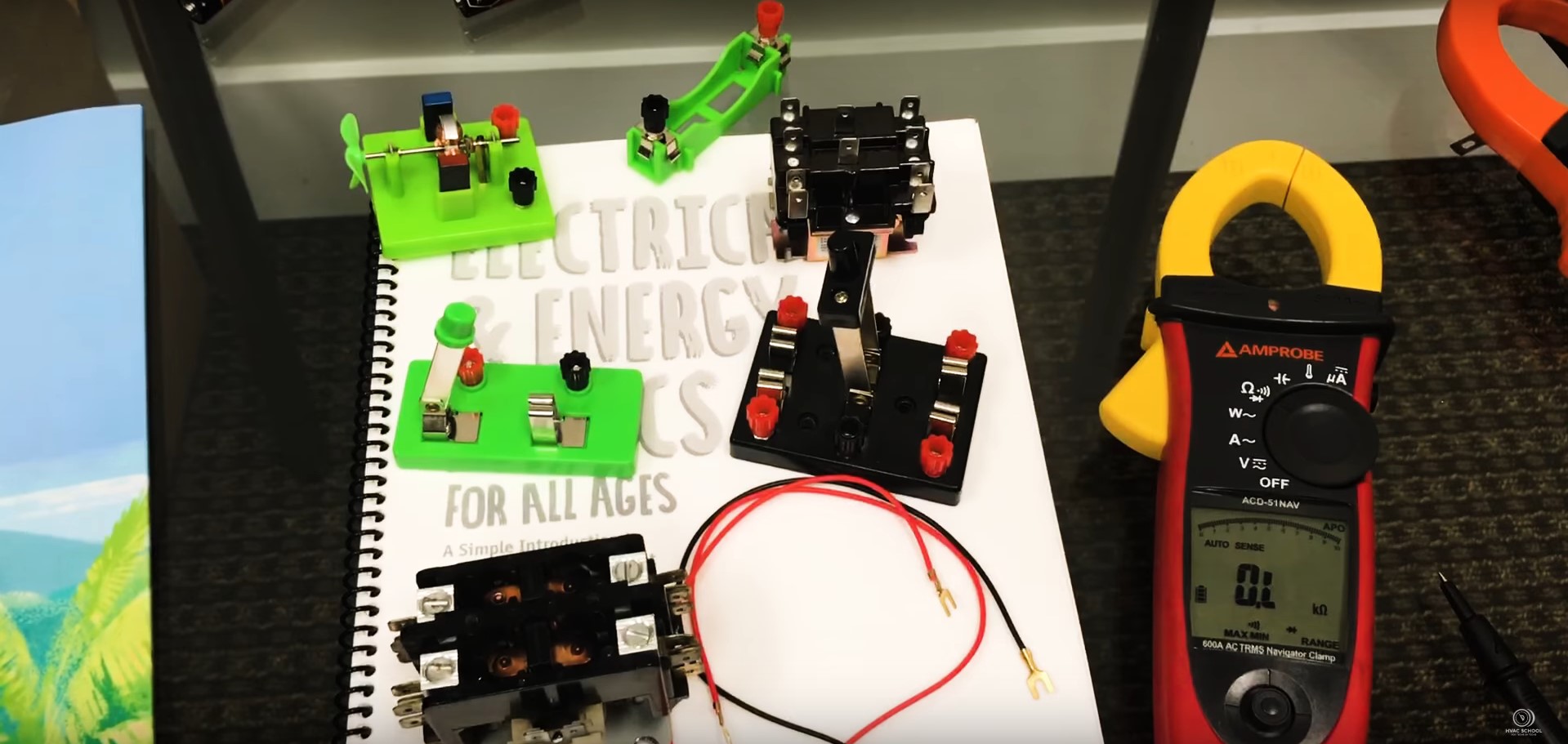Electrical Basics – Switches and Contacts
November 20, 2018


We can think of switches as police officers who direct traffic; the latter tells cars and people when to stop and go. Switches more or less control when electrons stop or go. The opening or closing of a switch is kind of like the opening or closing of a drawbridge; traffic starts when the drawbridge is closed, and it stops when the drawbridge opens.
The pole of a switch is the part that moves, and it’s usually long and thin like other types of poles. A single-pole switch has one pole, and a double-pole switch has two poles. The throw refers to where the switch can connect; single-pole switches only connect one way (with the other way being open), and a double-pole switch connects in both directions and can complete the path in either one. We identify switches by their poles and throws; an SPST is a single-pole single-throw switch, and a DPDT is a double-pole double-throw switch. (SPDT would be single-pole double-throw.)
Contactors and relays also have poles and throws. A two-pole contactor may only have a single throw, but a 90-340 relay is typically a DBDT power-passing device. A 90-340 relay controls the passing of power depending on how the electromagnetic coil is energized, but a standard switch allows you to control power manually.
Comments
To leave a comment, you need to log in.
Log In